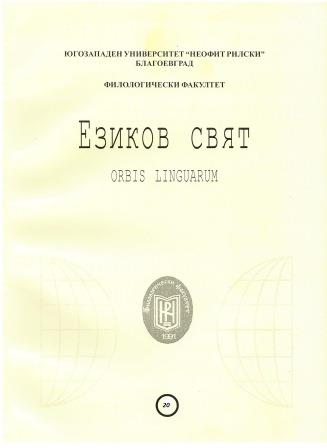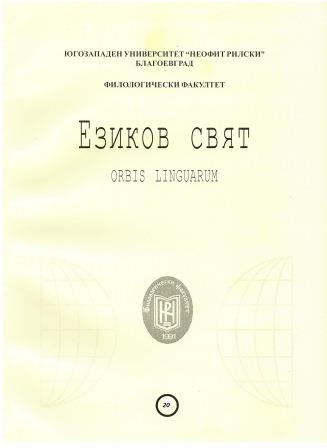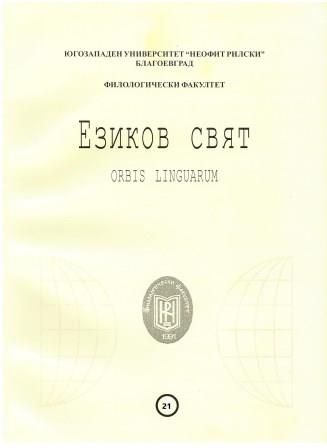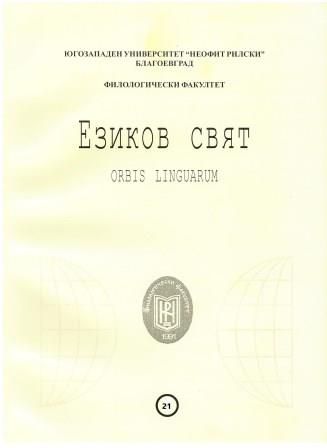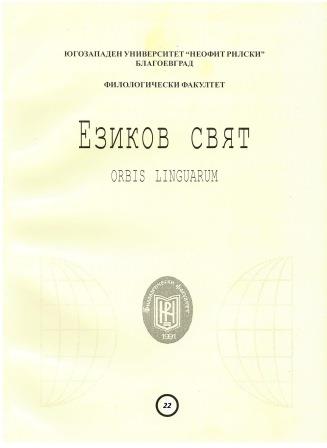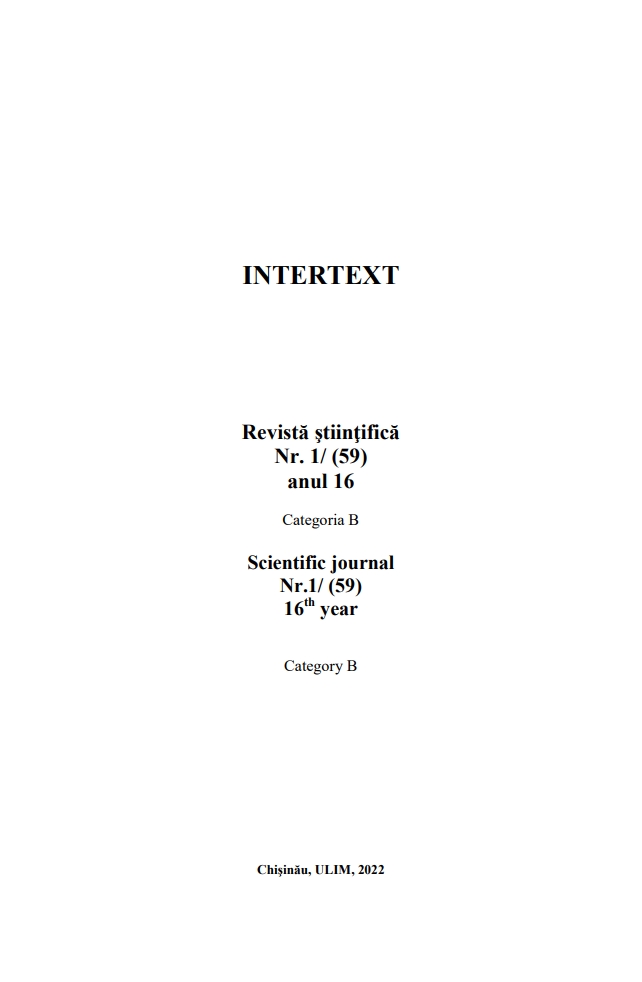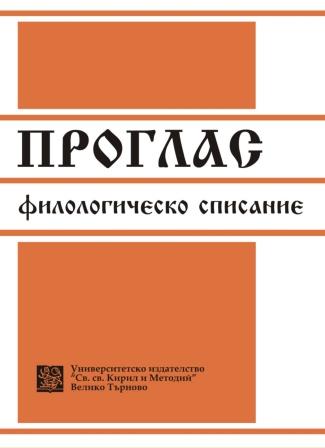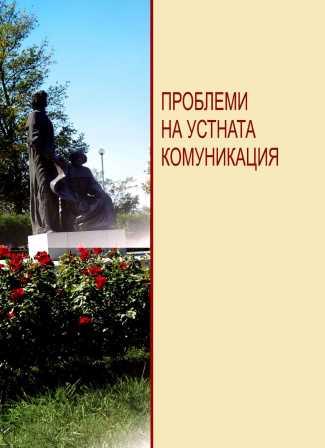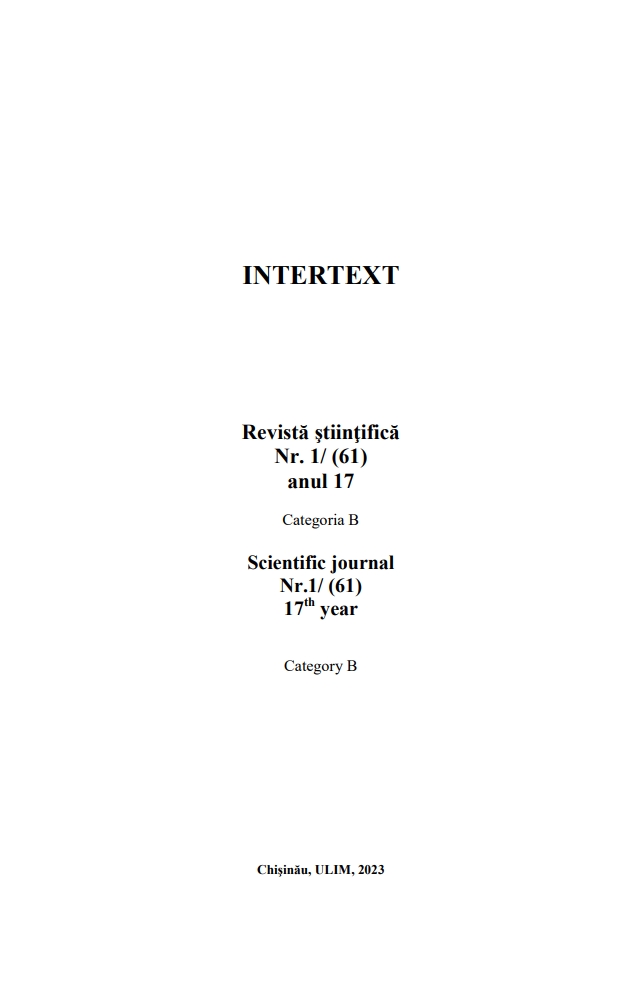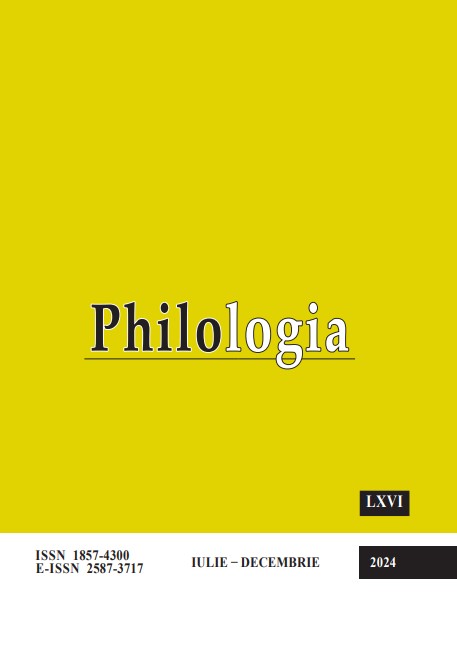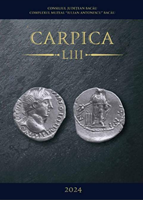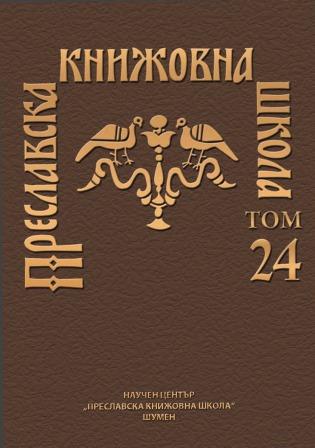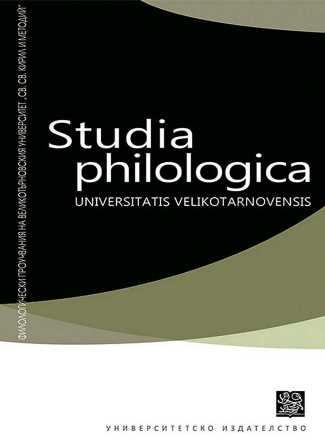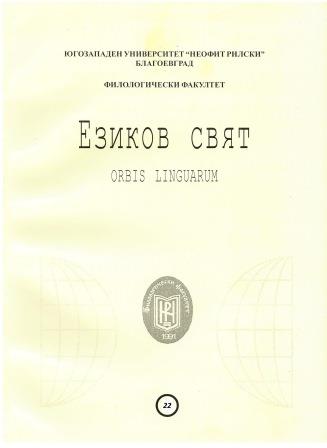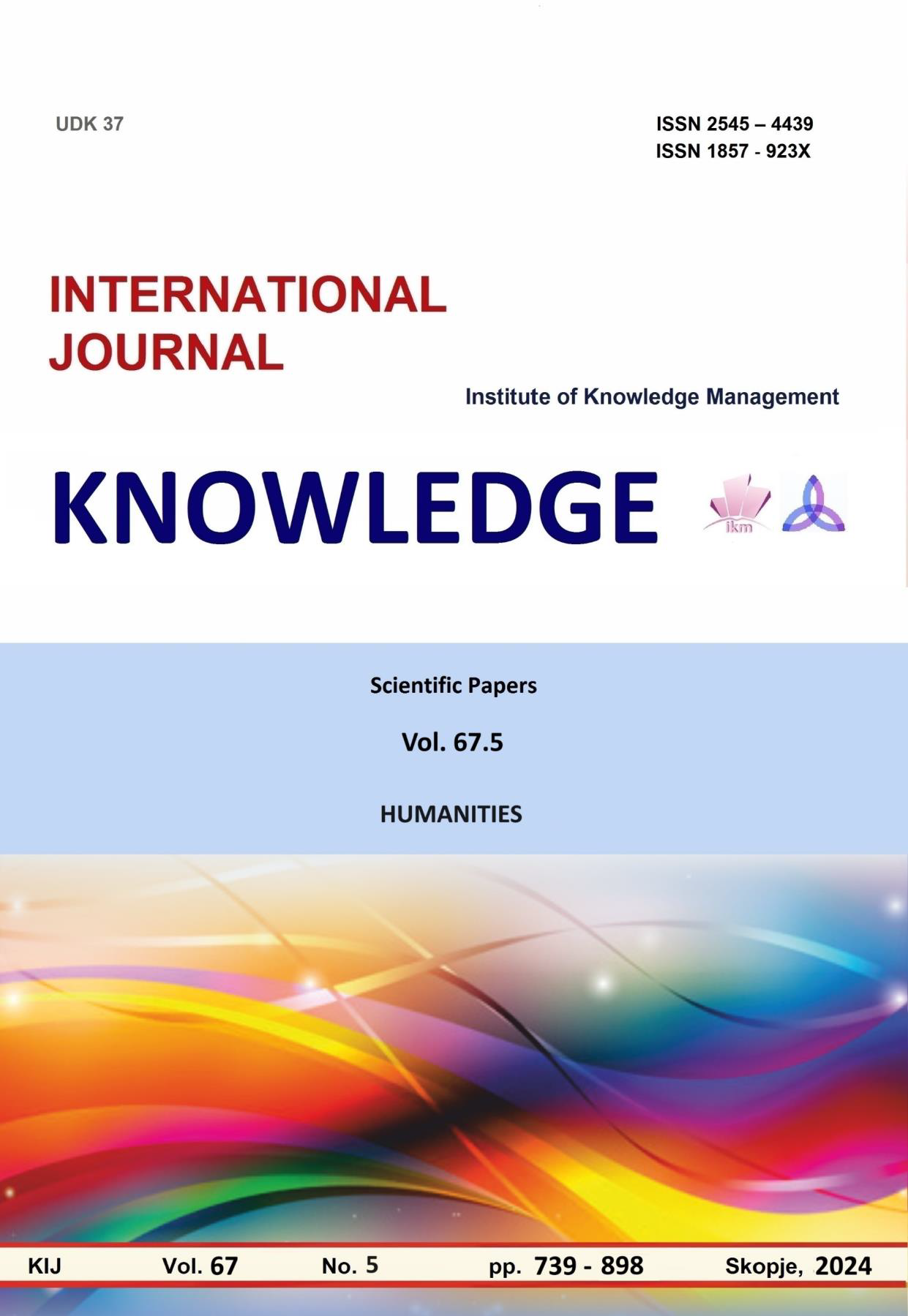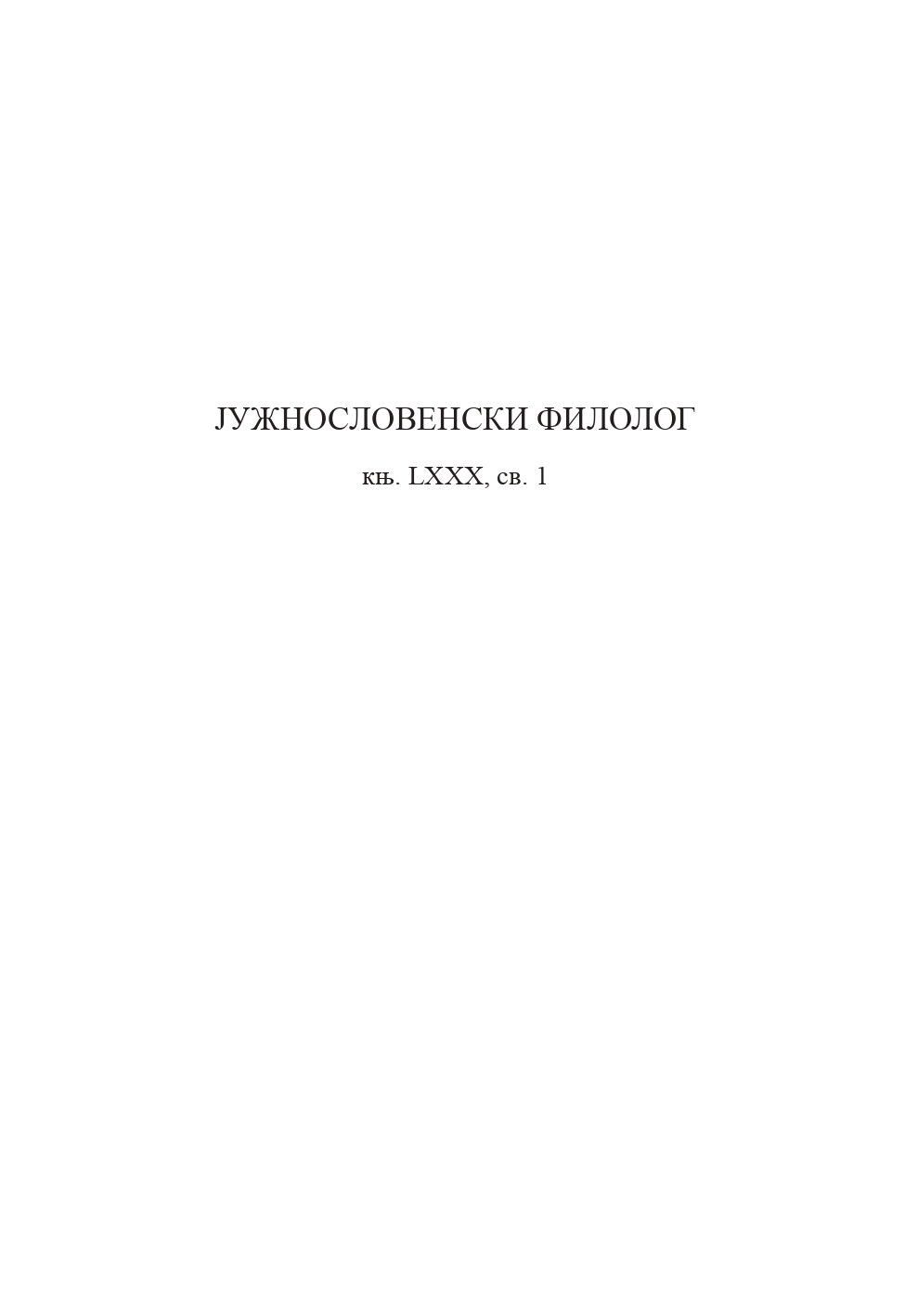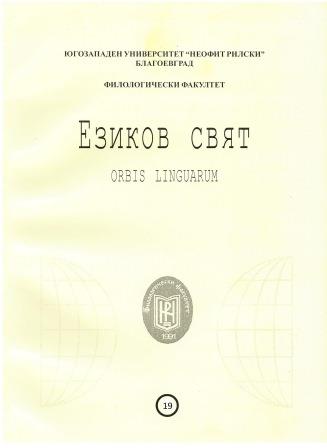
РЕЛАТИВНЕ КАРИТИВНЕ КОНСТРУКЦИЈЕ СА ВЕЗНИЧКО-ПРЕДЛОШКИМ СПОЈЕМ ИЛИ БЕЗ У СРПСКОМ ЈЕЗИКУ (УЗ ОСВРТ НА СИТУАЦИЈУ У РУСКОМ ЈЕЗИКУ)
The paper presents 29 relative caritive constructions identified in Serbian language thanks to a search of the Serbian National Corpus, from which they are excerpted. Detailed analysis has shown that most of the excerpted constructions consist of a preposition, noun in a certain case, conjunction-preposition complex ‘ili bez’ and, often, a noun or pronoun in genitive. The analysis has also shown that 29 types of the excerpted constructions consist of 9 different prepositions on their left side which give the information about the absens, and that inclusion and action of the absens in concrete situations are relativized. Nevertheless, there are 5 non-prepositional constructions and 2 constructions that have complex prepositional expressions ‘u suprotnosti sa’ and ‘u saglasnosti sa’ on the left side. Regular caritive constructions negate inclusion of the absens on the right part of the construction, but these (analyzed in the paper) are specific because the conjunction ‘ili’ slightly neutralizes caritive semantics of the preposition ‘bez’. It should be said that among excerpted constructions we identified 11 with anaphoric features that are discussed in the paper as well. In general, the conducted analysis showed that caritive semantics in Slavic languages (i.e. in Serbian and Russian) is not grammaticalized, which means that there are many grammatical and lexical resources for its presentation that need to be registered and described.
More...
